Shanghai Conspiracy
The Sorge Spy Ring, Moscow, Shanghai, Tokyo, San Francisco, New York
Nonfiction, History, Germany, European General, Military, United States| Author: | Maj.-Gen. Charles A. Willoughby | ISBN: | 9781787202467 |
| Publisher: | Verdun Press | Publication: | October 27, 2016 |
| Imprint: | Verdun Press | Language: | English |
| Author: | Maj.-Gen. Charles A. Willoughby |
| ISBN: | 9781787202467 |
| Publisher: | Verdun Press |
| Publication: | October 27, 2016 |
| Imprint: | Verdun Press |
| Language: | English |
Originally published in 1952, General Willoughby’s book Shanghai Conspiracy, which includes the story of Richard Sorge, is of the gravest importance because it presents a clear delineation of a worldwide pattern of Communist sabotage and betrayal which was still being practiced at the time of publication in 1952.
During [the U.S.’s] Occupation of Japan, military intelligence exercised limited civil functions in collaboration with the modernized Japanese police, in an alert against national and foreign communism. The story of Richard Sorge, Soviet master spy, falls into this category of security surveillance. It represents a devastating example of a brilliant success of espionage—its evolution, techniques, and methods. Elements of this Soviet-inspired conspiracy actually ranged from China and Japan into the United States, in the period 1931-50.
Over a period of years, there has been filed with Washington a most extensive documentation on the case, aggregating over a million words with hundreds of plates, photostats, and illustrations. Enormous efforts in translation and research have gone into it. It has been reviewed and authenticated by American lawyers, and is now being brought into focus by the Senate and House Committees on Internal Security and Un-American Activities.
Sorge’s story did not begin or end with Tokyo but was only a chip in the general mosaic of Soviet Far Eastern strategy. It deals with a sinister epoch in the history of modern China and must be viewed against the vicious background of world conspiracy. Shanghai was a vineyard of communism for men and women of many nationalities who had no conceivable personal stake in China, but an almost inexplicable fanaticism for an alien cause—the Communist subjugation of the Western world. Here were sown the dragon’s teeth that have since ripened into the Red harvest of today.
Originally published in 1952, General Willoughby’s book Shanghai Conspiracy, which includes the story of Richard Sorge, is of the gravest importance because it presents a clear delineation of a worldwide pattern of Communist sabotage and betrayal which was still being practiced at the time of publication in 1952.
During [the U.S.’s] Occupation of Japan, military intelligence exercised limited civil functions in collaboration with the modernized Japanese police, in an alert against national and foreign communism. The story of Richard Sorge, Soviet master spy, falls into this category of security surveillance. It represents a devastating example of a brilliant success of espionage—its evolution, techniques, and methods. Elements of this Soviet-inspired conspiracy actually ranged from China and Japan into the United States, in the period 1931-50.
Over a period of years, there has been filed with Washington a most extensive documentation on the case, aggregating over a million words with hundreds of plates, photostats, and illustrations. Enormous efforts in translation and research have gone into it. It has been reviewed and authenticated by American lawyers, and is now being brought into focus by the Senate and House Committees on Internal Security and Un-American Activities.
Sorge’s story did not begin or end with Tokyo but was only a chip in the general mosaic of Soviet Far Eastern strategy. It deals with a sinister epoch in the history of modern China and must be viewed against the vicious background of world conspiracy. Shanghai was a vineyard of communism for men and women of many nationalities who had no conceivable personal stake in China, but an almost inexplicable fanaticism for an alien cause—the Communist subjugation of the Western world. Here were sown the dragon’s teeth that have since ripened into the Red harvest of today.
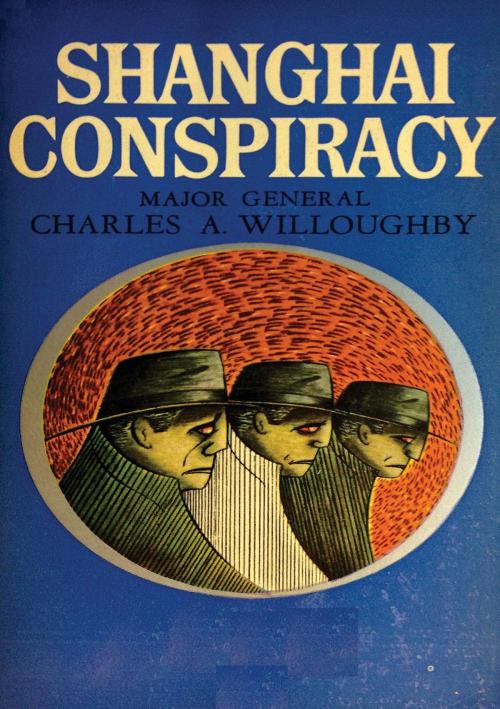

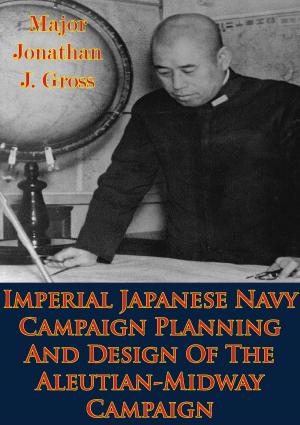

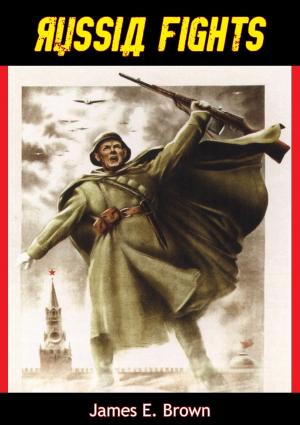



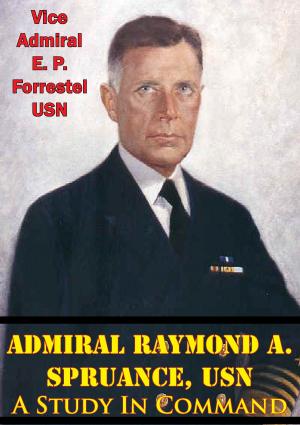
![Cover of the book The Dyess Story - The Eye-Witness Account Of The DEATH MARCH FROM BATAAN [Illustrated Edition] by Maj.-Gen. Charles A. Willoughby](https://www.kuoky.com/images/2014/august/300x300/9781782892694-WHns_300x.jpg)
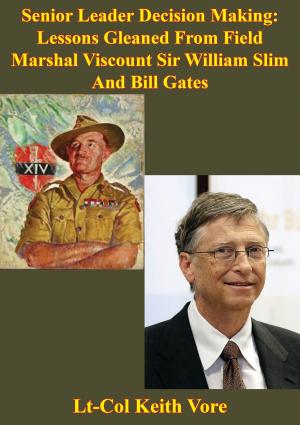


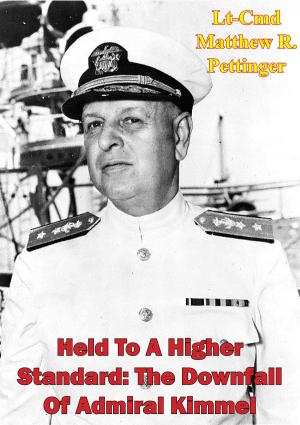
![Cover of the book Staff Ride Handbook For The Attack On Pearl Harbor, 7 December 1941 : A Study Of Defending America [Illustrated Edition] by Maj.-Gen. Charles A. Willoughby](https://www.kuoky.com/images/2014/august/300x300/9781782894513-K1Ik_300x.jpg)
![Cover of the book JAPANESE IN BATTLE 1st Edition [Illustrated Edition] by Maj.-Gen. Charles A. Willoughby](https://www.kuoky.com/images/2014/august/300x300/9781782896180-id7m_300x.jpg)